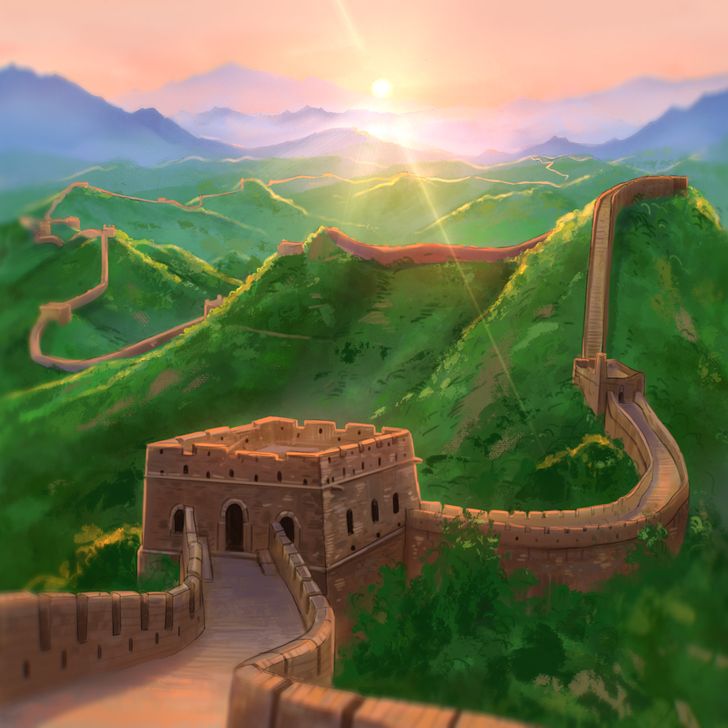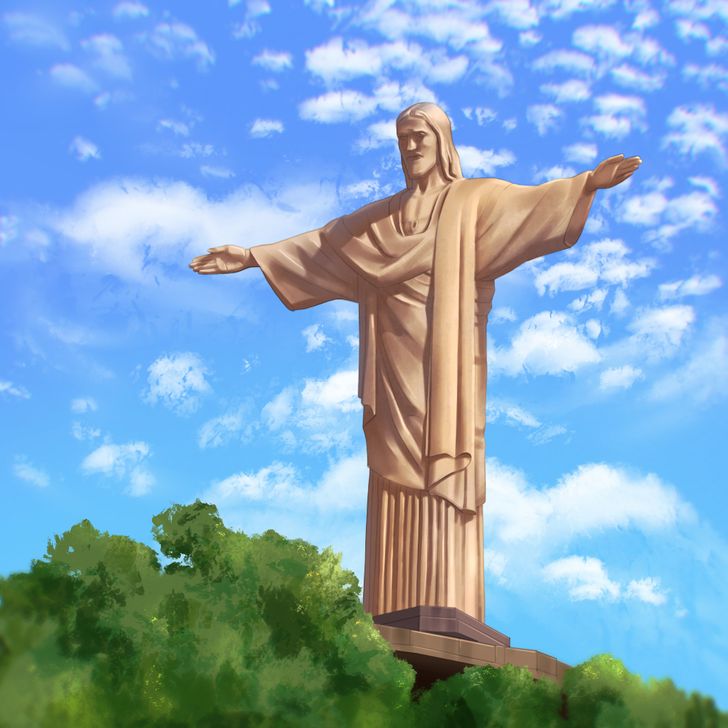What 7 Modern Wonders of the World Look Like and Where They Are
The name “wonder of the world” is often associated with the list of the 7 Wonders of the Ancient World. It includes the most impressive construction of that time. Unfortunately, only one of them still exists today — the Great Pyramid of Giza. So, it is not surprising that another list was created that includes the monuments that exist today.
The project of the search for the wonders was organized by New Open World Corporation from Switzerland. It organized a big phone and online vote with 200 candidates and 21 finalists. 7 new modern wonders of the world were elected. The list was published in 2007.
5-Minute Crafts shares a list of 7 new wonders of the world and in the bonus section, we will tell you about how to travel to see them all.
1. Colosseum, Italy
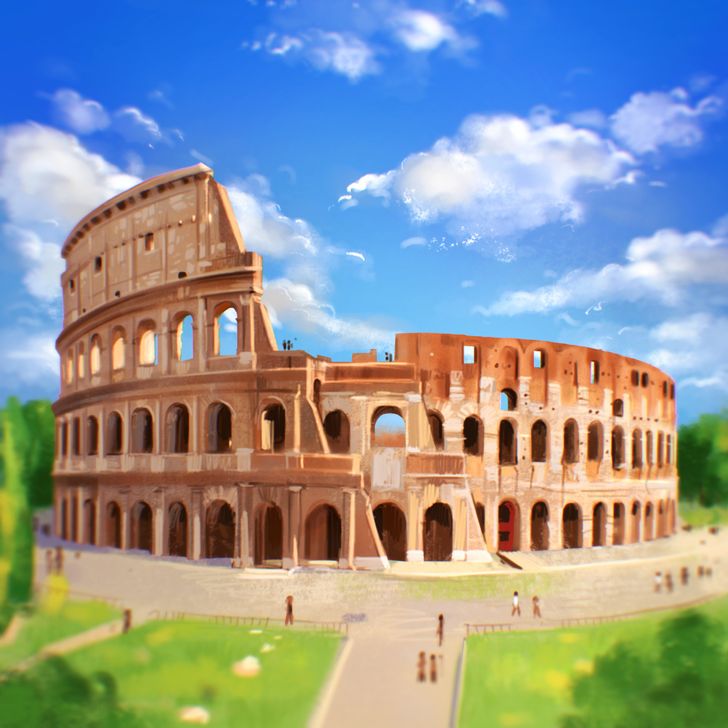
The Colosseum is an ancient amphitheater that can hold 50-80 thousand people. It’s believed to be the biggest ancient theater ever built and it’s the only one of its kind despite its age.
In the past, the Colosseum was used for public events, and in the Middle Ages, it was used for temporary needs — there were houses, workshops, chapels, and even a cemetery.
Even though the Colosseum was quite seriously damaged by earthquakes and taken apart for other constructions, it’s still the cultural symbol of Rome and one of the most popular sights in Italy.
Location: Rome, Italy
2. Great Wall of China, China
The Great Wall of China is a series of fortifications that runs along the northern part of China for almost 9,000 km. Together with all the other constructions, it’s 21,196 km long.
The Great Wall of China was built in ancient China to protect the country’s borders. It was built by several dynasties and it took hundreds of years. But despite all the effort, the wall broke down and became deserted.
Now, tourists are interested in only a small piece of the wall — Badaling. It was restored, and there’s enough infrastructure to make it easy to visit.
Location: 80 km from Beijing, the capital of China
3. Machu Picchu, Peru
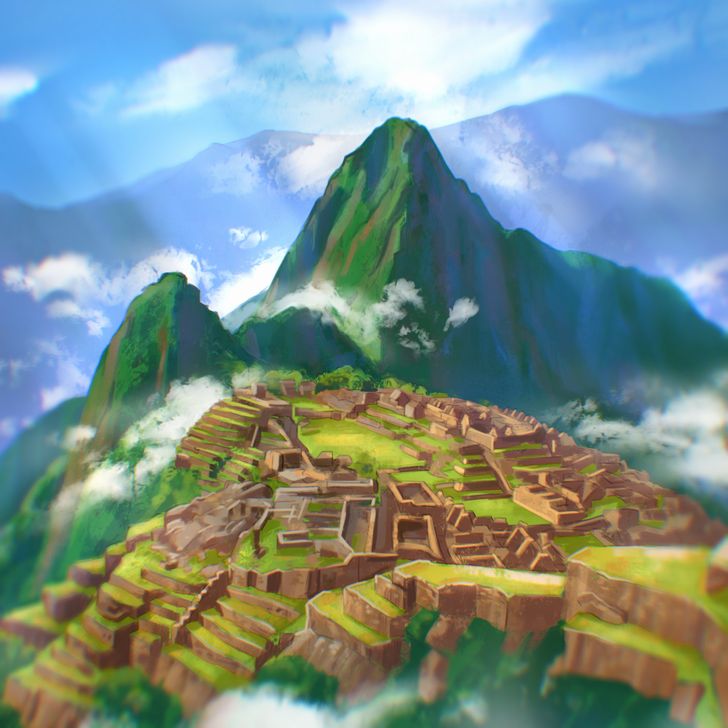
Machu Picchu is a 15th-century Inca citadel. It’s located in the Eastern Cordillera of southern Peru, on a 2,430-meter mountain ridge.
Machu Picchu was abandoned by the Inca people a hundred years after the construction. For a long time, the city was lost in the mountains until it was discovered by the American historian Hiram Bingham at the beginning of the 20th century.
On the territory of Machu Picchu, you can see ancient temples, houses, and other constructions. Many of them were restored so that travelers could see what they used to look like.
Location: 80 km from Cusco, Peru
4. Petra, Jordan
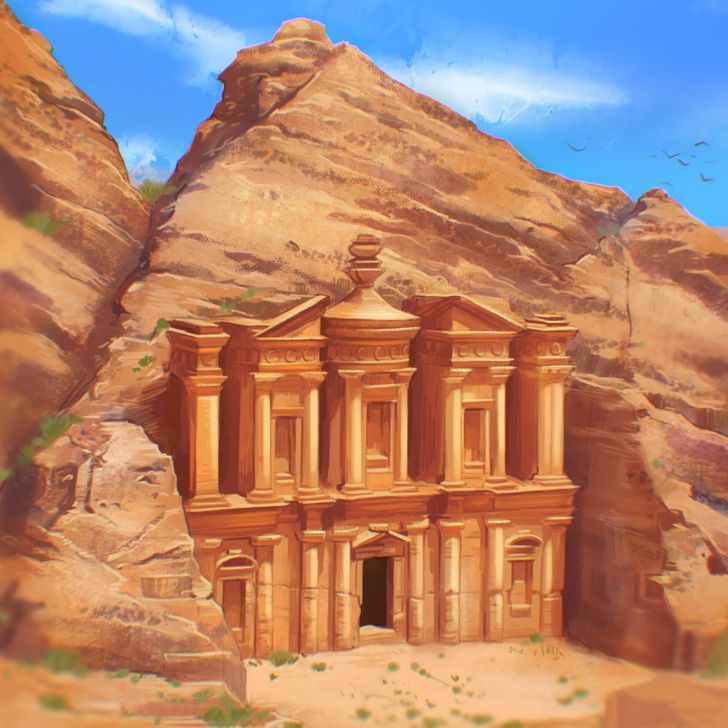
Petra is another ancient city that belonged to the Nabataeans. It was the capital of the kingdom until it became part of the Roman empire. Over time, the importance of the city dropped because maritime trade appeared, and also because of an earthquake that happened in 363 that destroyed a lot of buildings in Petra.
Now, the ruins of Petra are the symbol of Jordan and the most popular sight in the country. You can see the amphitheater leftovers, ancient tombs and temples, and the Al-Khazneh temple that is carved into the rock.
Location: around 3 hours by car away from Amman, the capital of Jordan
5. Taj Mahal, India
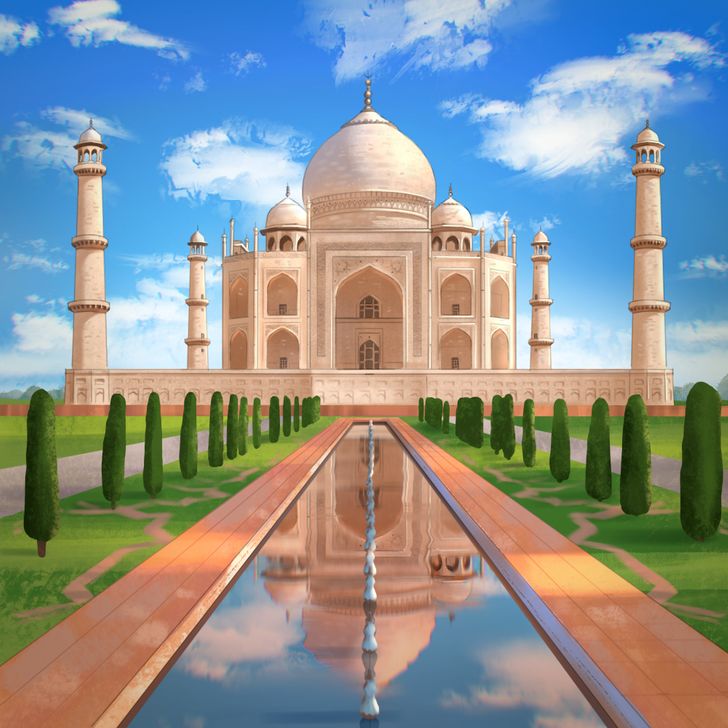
The Taj Mahal is an ivory-white marble mausoleum built by the Mughal emperor Shah Jahan to house the tomb of his favorite wife, Mumtaz Mahal. Later, the emperor himself was buried in the building.
The mausoleum is one of the brightest examples of Mughal-style architecture. The walls are made of white marble inlaid with semi-precious stones. They reflect the light, which is why the building looks perfectly white during the day, pink after the sun rises, and silver when the moon is bright. There’s a garden around it and a big marble pool right in front of it. If you find the right angle, you can see the reflection of the entire building in the water.
Location: Agra, India
6. Christ the Redeemer, Brazil
The statue of Christ the Redeemer is located 700 meters above the sea, at the top of the Corcovado mountain. The mountain is in the Tijuca Forest National Park overlooking the city of Rio de Janeiro.
The construction of the building took 9 years (from 1922 to 1931) and it’s probably the most recognized symbol of the country. It’s 30 meters high and it weighs 635 tons.
Location: Rio de Janeiro, Brazil
7. Chichén Itzá, Mexico
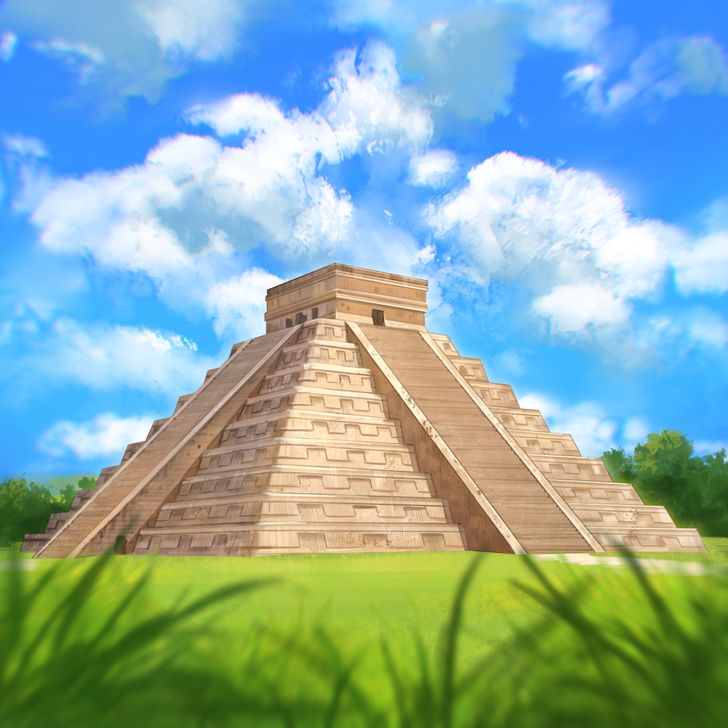
Chichen Itza is an ancient Mayan city. The most recognized monument is the Temple of Kukulcán. It’s a pyramid with stairs.
The 30-meter pyramid is a series of square-shaped terraces with stairs on each of the 4 sides of the temple. Around the Spring and Autumn equinoxes, in the late afternoon, the northwest corner of the pyramid casts a series of triangular shadows against the western balustrade on the north side that evokes the appearance of a serpent wriggling down the staircase.
Aside from the pyramid, there are some other temples, columns, stadiums, and the sacred cenote, 60 meters in diameter that was used for religious rituals.
Location: Yucatán State, Mexico
Honorary status: The Great Pyramid of Giza
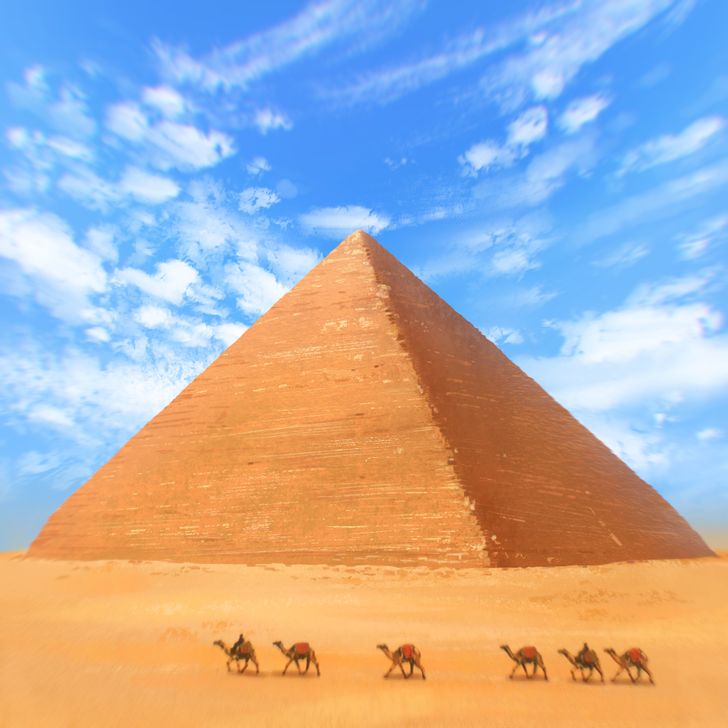
The Great Pyramid of Giza received honorary status as the only remaining construction from the old list of the wonders of the world.
The Great Pyramid of Giza is located in Cairo, the capital of Egypt. Another name of the monument is the Pyramid of Cheops. Just like other similar constructions, it was a tomb built for a pharaoh. In addition, the Giza complex includes the Pyramid of Chephren and the Pyramid of Menkaur, as well as tomb complexes and the Great Sphinx.
Location: Cairo, Egypt
Other candidates
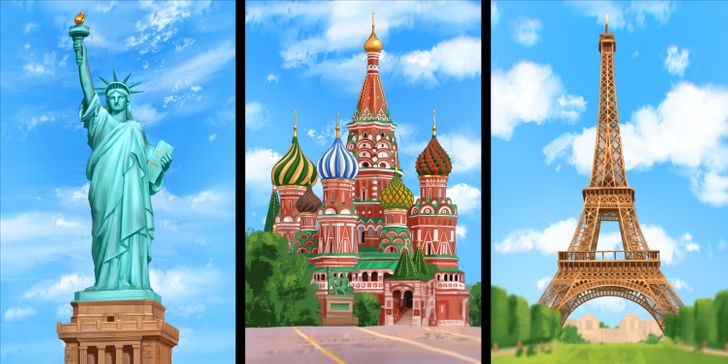
Other famous monuments were among the finalists:
- Stonehenge (Amesbury, United Kingdom)
- Acropolis of Athens (Athens, Greece)
- Hagia Sophia (İstanbul, Turkey)
- Angkor Wat, (Angkor, Cambodia)
- Moai (Easter Island, Chile)
- Timbuktu (Timbuktu, Mali)
- Alhambra (Granada, Spain)
- Red Square (Moscow, Russia)
- Kiyomizu-dera (Kyoto, Japan)
- Neuschwanstein (Füssen, Germany)
- Statue of Liberty (New York City, United States)
- Eiffel Tower (Paris, France)
- Sydney Opera House (Sydney, Australia)
Bonus: Traveling to see all the new wonders of the world
If you unite all the places where the new wonders of the world are, you will get an itinerary to travel around the world. This is how you can go about it:
- Colosseum (Rome, Italy)
- Petra (Ma’an, Jordan)
- Taj Mahal (Agra, India)
- Great Wall of China (Beijing, China)
- Chichen Itza (Cancún, Mexico)
- Machu Picchu (Cusco, Peru)
- Christ the Redeemer (Rio de Janeiro, Brazil)
This is a basic itinerary. You can add several cities to it if you have to make a few connections and also add the Great Pyramid of Giza in Egypt to honor the last remaining wonder of the Ancient World.
If you spend 3-5 days in each location, you will need from 4 to 6 weeks to do the entire trip.
